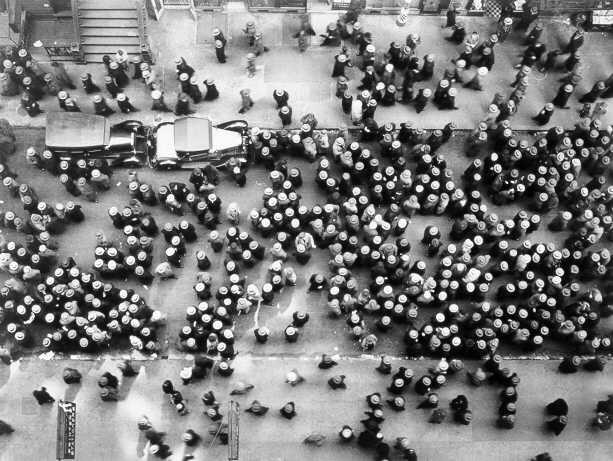Hats in the time of covid have gotten their fair share of empathy in the world of milliners. Those of us who make hats as a commercial venture calmly wait for the next wave of positivity whilst we while away our time in creative refurbishing. We teach, we read, we work in our studios, and we write about the experience. At any moment the world will open once again, and albeit changed, it will be a world where people will once again go to weddings, garden parties, and races and yes, they will need hats. Fanciful hats, to celebrate the opening of the cage door, with color, and plumage that will decry this period we patiently wait out. This time of covid.
Hats are not the enemy, and the creative process has always been medicinal to all who drink at that fountain. Whether your art is cerebral, or physical, walking it through the creative process has always been a panacea. We use our art to measure our ability to cope, our perception of any given circumstance, and our worldview. We use our art to facilitate, to loosen up the knots in our network, to calibrate our own endurance. In this world, imagination knows no boundaries, but for the four walls that encircle and protect us from the dreaded virus. The universe is ours, and from household to household, bits, and pieces of that universe abound. The internet has become the resource tool of the world if you can access broadband. Our libraries and museums have broadened their pathways to acquiring knowledge and allowing access to their treasures. We as a society have landed on our feet sitting before a screen that fills with any image you require. Well, almost any.
Shaping a hat collection is a calming process. My way is to look at the environment and see what inspires at first and second glance. What nature provides is a wealth of ideas in line and form, and it leaves the rest up to translate. Materials at hand dictate to a certain extent, because of availability. Our normal routes of distribution have altered considerably and Amazon seems to have encroached even upon our world of millinery for the gathering and hunting usually employed in the making of a hat collection. Some purveyors of materials allow limited access, or have slowly folded their tents and left the marketplace. Indomitable is the catchword that will help us all stand at our cutting tables and create. Searching out the ingredients we need, want, crave has become so much a part of the process even online, that sourcing is a sport for some. But then, it always has been.
Small joys of delving into a forgotten box of whatnot on a shelf, or walking under the spreading leaves of a tree in a park or forest gives back more creative productivity than some would think. The open and shut of covid detention is just that: opening up to many possibilities while being shut down, or in.
My advice is the same for now, then, or whenever: keep it rolling. Read a book, sketch some ideas, drape some projects. Play with the elements at hand and slowly spread your wings as isolation lifts, and we're back on a semblance of a normal road, open to new possibilities, and happy to have discovered new bits of our own creativity. Not under a microscope, but right on your work table. Art will get us to the next phase.

















